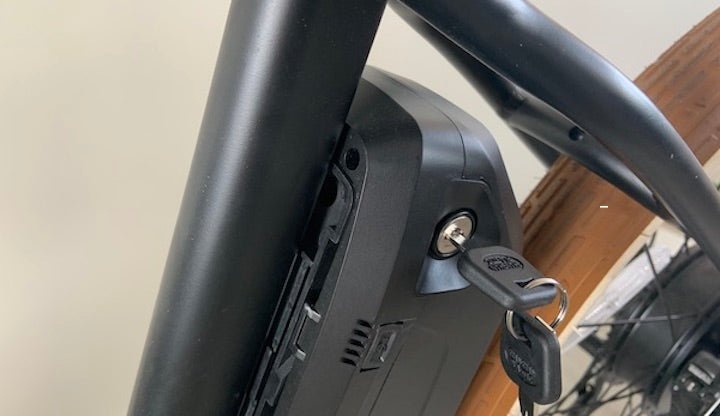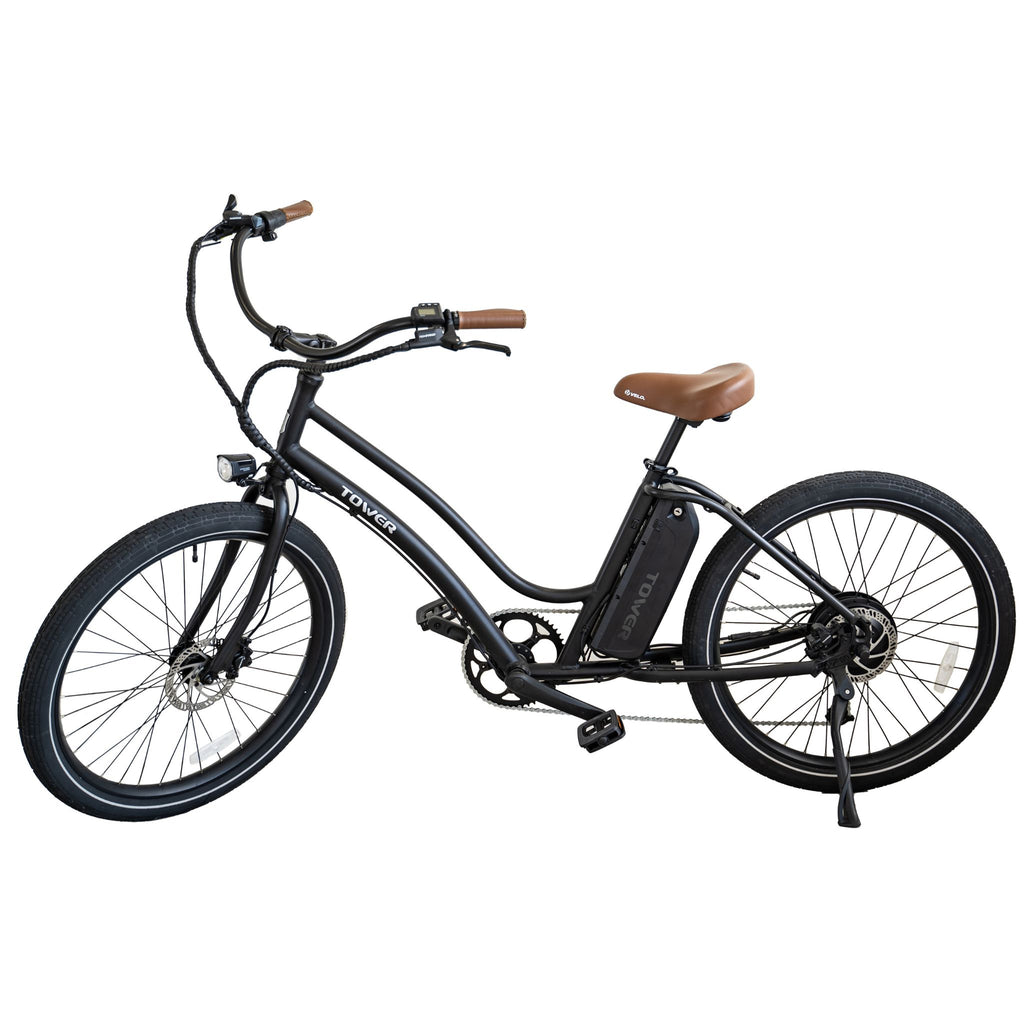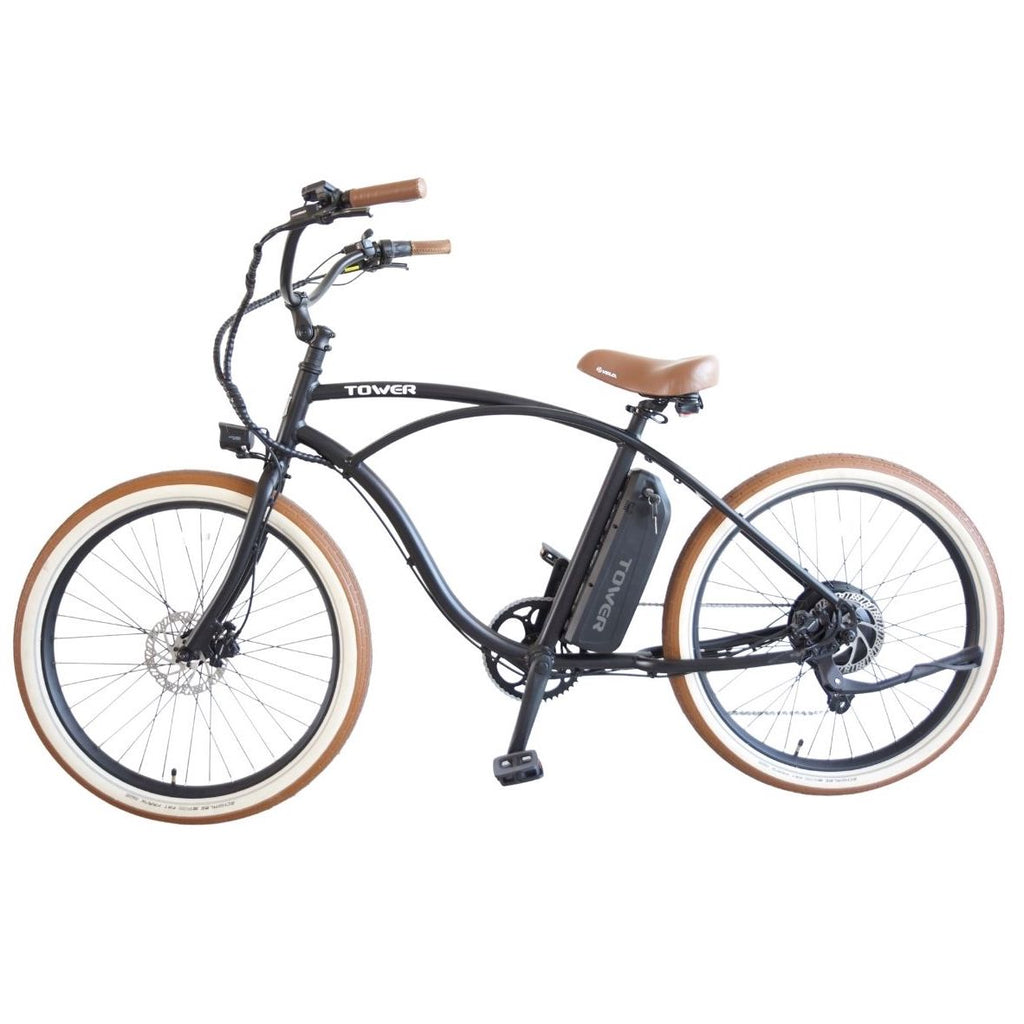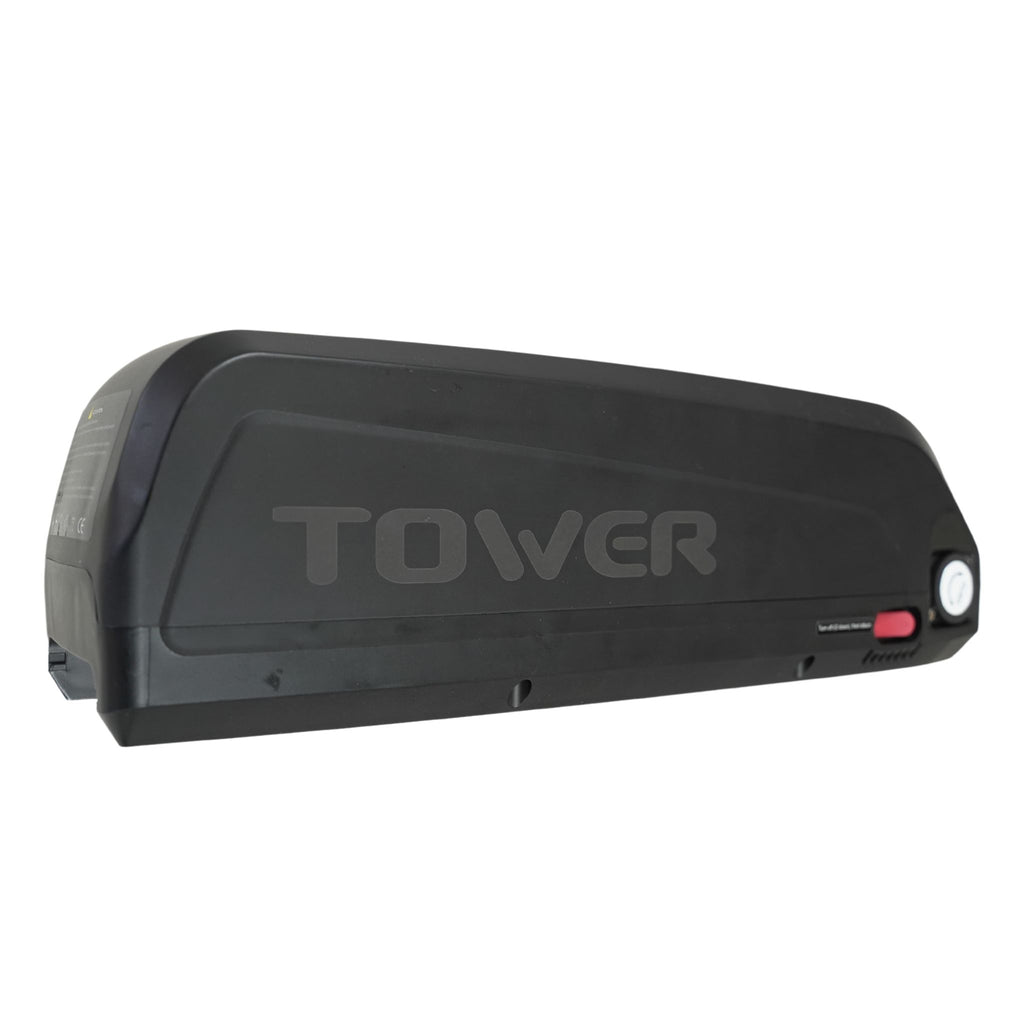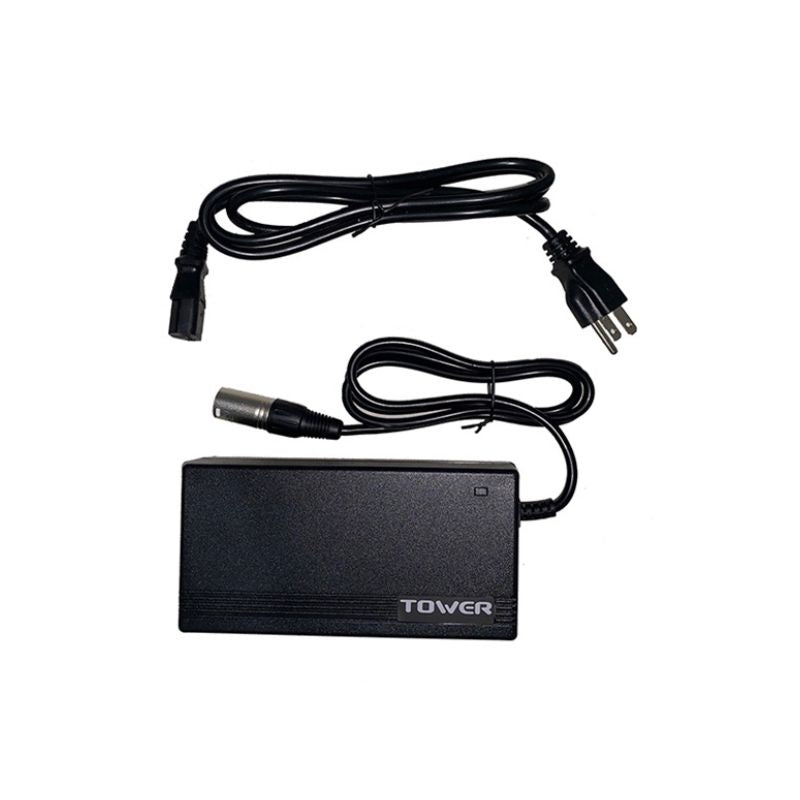The controller on an ebike is best described as the "brain" of the bike. The ebike controller understands the riders commands (through the lcd screen) and pedal movements and redistributes the power from the battery to the motor. There are many variations of controllers found on ebikes and we will go through them and explain their differences and highlight matters that you need to know about them.
How eBike Controllers Work
As the computer in the ebike, the controller houses inside a circuit board with sensors and firmware. This manages all input and output to control the critical functions of the ebike. It takes the input from the user and draws power from the battery to allocate it to necessary functions such as turning LCD screen on, throttling, toggling the lights, and powering the motor for pedal assist levels.
Types of eBike Controllers
The most common style of ebike controller is the standard battery style mounted controller. This is the type of e-bike controller used on our Tower electric cruiser bikes. This controller set up is extremely common because its easy to slide a battery on to.
Another common type of ebike controller is the box style controller. This is very common with bikes that hide batteries inside the frame. This type of controller is typically found on hub motored bikes, and particularly on folding bikes or any bike with an internal frame battery.
Lastly, we have the buffing mid-drive controller which is used on mid-drive ebikes. It is unique in such a way that it is not housed separately but rather it is already built into the motor itself. Although this seems convenient and highly recommended, repairing or replacing the controller would also mean taking apart the motor as well.
In conclusion, the ebike controller is the driving force of the ebike. It dictates where to send the power from the battery and how much power to send. If you're interested in learning more about electric bikes check out our article on how an electric bike works from start to finish.









